T4K3.news
Diplomatic gesture tests U.S.-Russia signals
Putin awards a Lenin Order to Witkoff to pass to a CIA official, raising questions about symbolism and policy ahead of a peace summit.
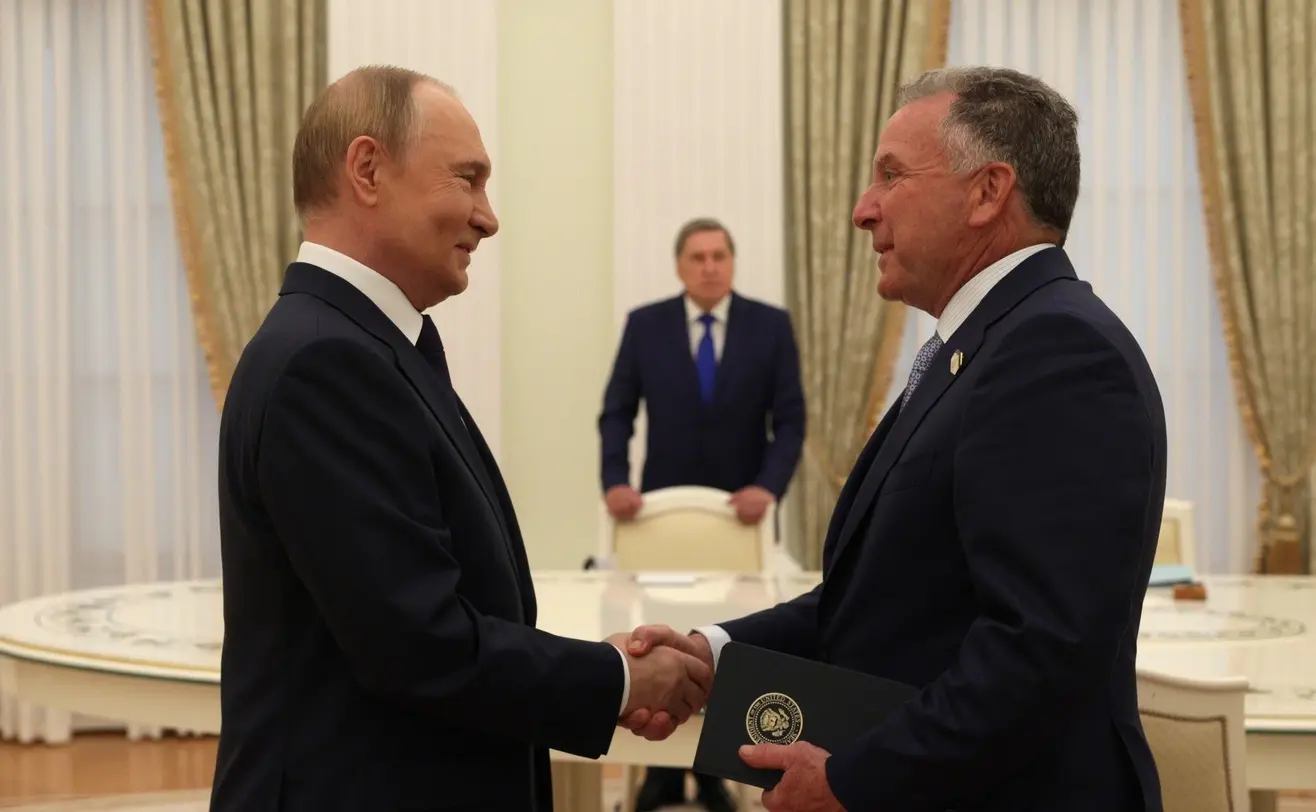
Russian President Putin handed the Order of Lenin to U.S. envoy Steve Witkoff to pass to a senior CIA official whose son died fighting for Russia, CBS News reported on Aug 8.
Putin Awards Lenin Order to Witkoff to Send Message to CIA
During a Moscow meeting this week, Vladimir Putin presented the Order of Lenin to U.S. envoy Steve Witkoff with instructions to forward the award to Juliane Gallina, the CIA’s deputy director for digital innovation. CBS News cited sources familiar with the talks and noted that the fate of the trophy was not immediately clear. The gesture came as peace talks unfolded and ahead of a planned summit with former President Donald Trump.
Trump publicly commented on the moment, saying Putin likes Witkoff, a remark that underscores how personal signals can ride alongside formal diplomacy. The award is tied to the story of Michael Gloss, Gallina’s son, who died in 2024 while fighting for Russia in Ukraine. Gloss’s death, and his father’s prior remarks about not knowing his son's enlistment, adds a human dimension to a highly political act. The move raises questions about how symbolic acts interact with ongoing policy discussions and whether such symbolism influences the television narrative surrounding diplomacy.
Key Takeaways
"He likes Mr. Witkoff, I can tell you that"
Trump's Oval Office remark about Putin's sentiment toward the envoy
"This is a message to show the power of symbolism in diplomacy"
Editorial assessment of the gesture as a strategic signal
"The son who died for Russia casts a long shadow over this exchange"
Reference to Michael Gloss and the personal dimension of the story
"A peace summit looms as a backdrop to a symbolic act"
Contextualizes the timing with upcoming talks
The episode shows how leaders blend history, memory and power in the bargaining arena. In a moment when talks about ending hostilities loom large, a Soviet era honor becomes a tool to probe U.S. resolve and the boundaries of diplomatic courtesy. The gesture positions personal histories and family grief at the center of strategic signaling, something observers say can complicate or distract from substantive policy work. It also tests the comfort level of U.S. institutions with public, highly symbolic diplomacy that could invite domestic backlash or misinterpretation abroad.
Looking ahead, the act could frame the upcoming peace talks as much as it tests the patience of allies and rivals. If symbolism wins attention over policy detail, the risk is a shift from concrete negotiation to public theatre. Yet if the message is narrowly aimed at signaling practical ties between Washington and Moscow, it may have limited long term impact unless followed by verifiable steps toward deescalation.
Highlights
- Diplomacy now runs on symbols more than statements
- A medal becomes a pressure point in diplomacy
- Symbols travel fast while policy moves slowly
- Memory and power collide in this high stakes moment
Political sensitivity around symbolic diplomacy
The gesture intertwines memory, espionage, and international signaling. It carries potential for backlash at home and abroad and could complicate ongoing diplomacy.
Symbolic moves will need concrete policy steps to translate into lasting diplomacy.
Enjoyed this? Let your friends know!
Related News
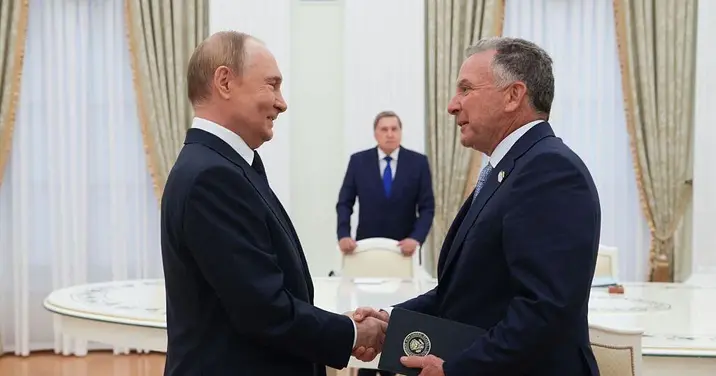
Putin awards Lenin order to Trump envoy
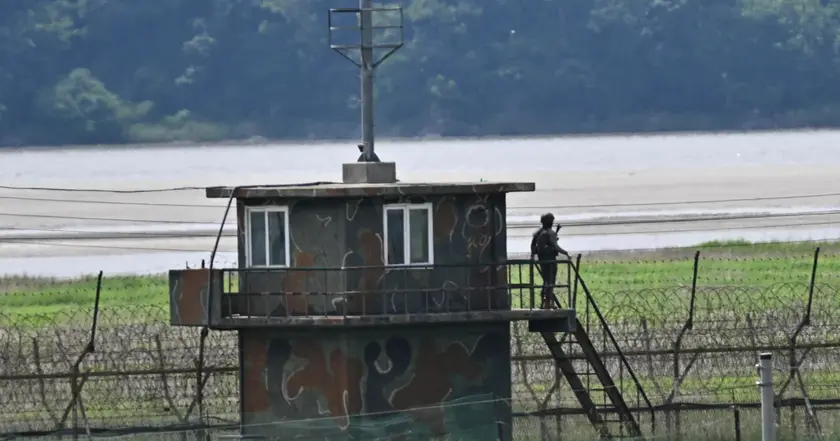
Border loudspeakers reduced
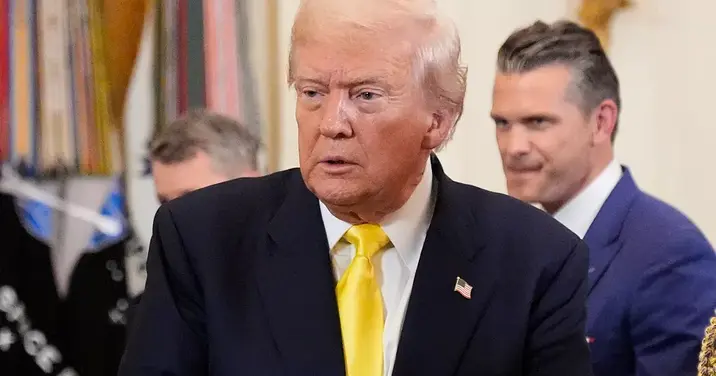
Alaska summit tests US stance on Ukraine

Tariffs and conflicts shape a turbulent week
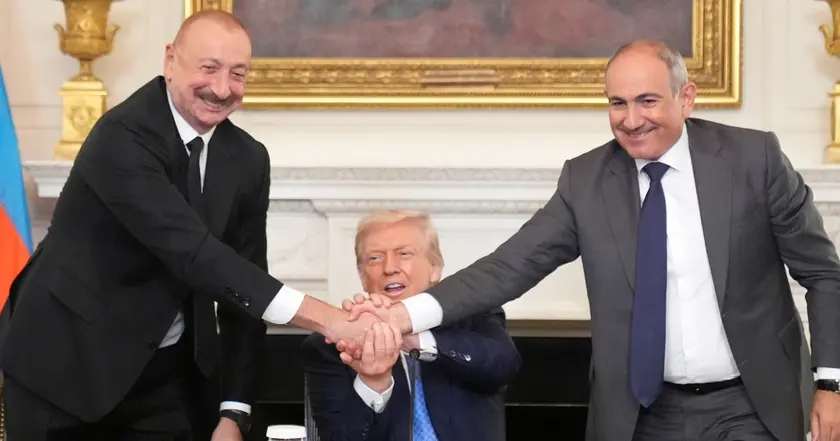
Peace deal signed at White House
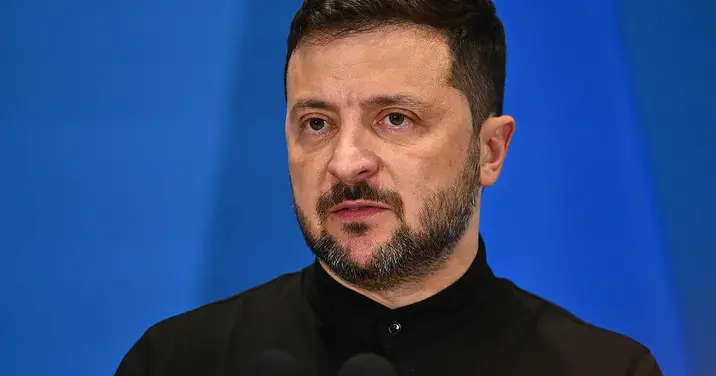
Ukraine joins Alaska talks
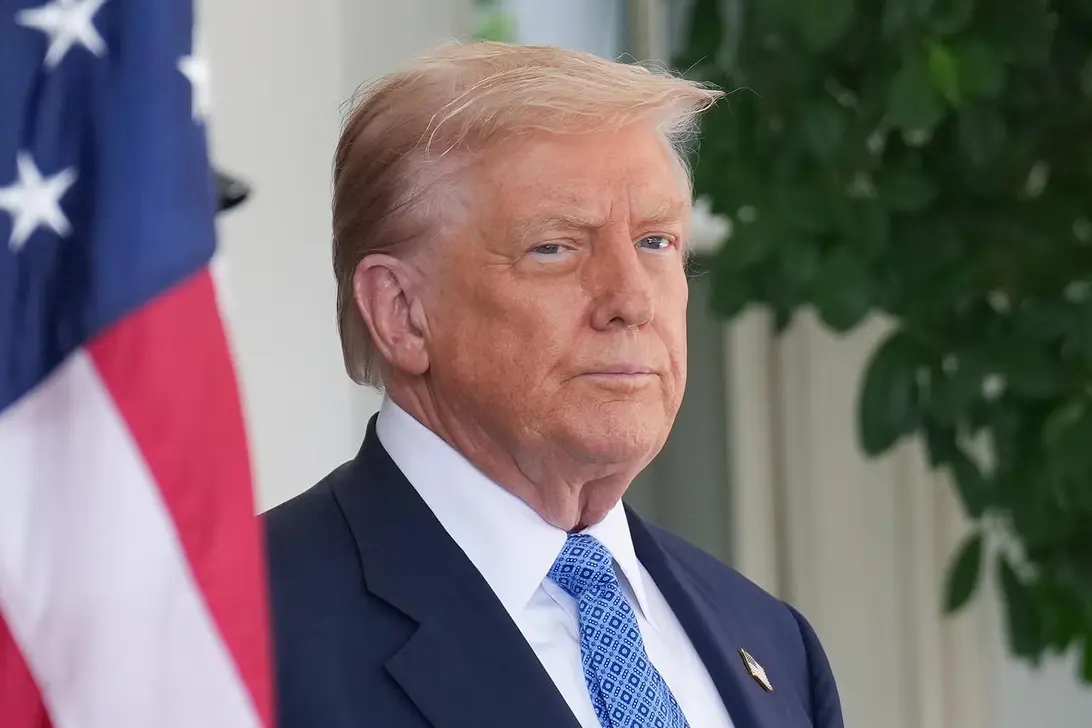
Trump threatens Gaza and Ukraine actions
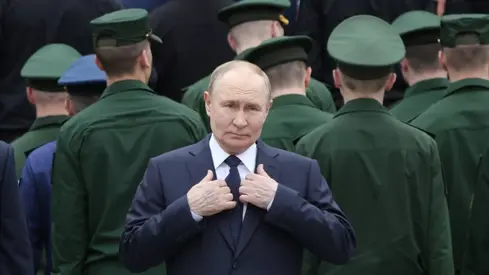
Putin and Trump meet in Alaska
